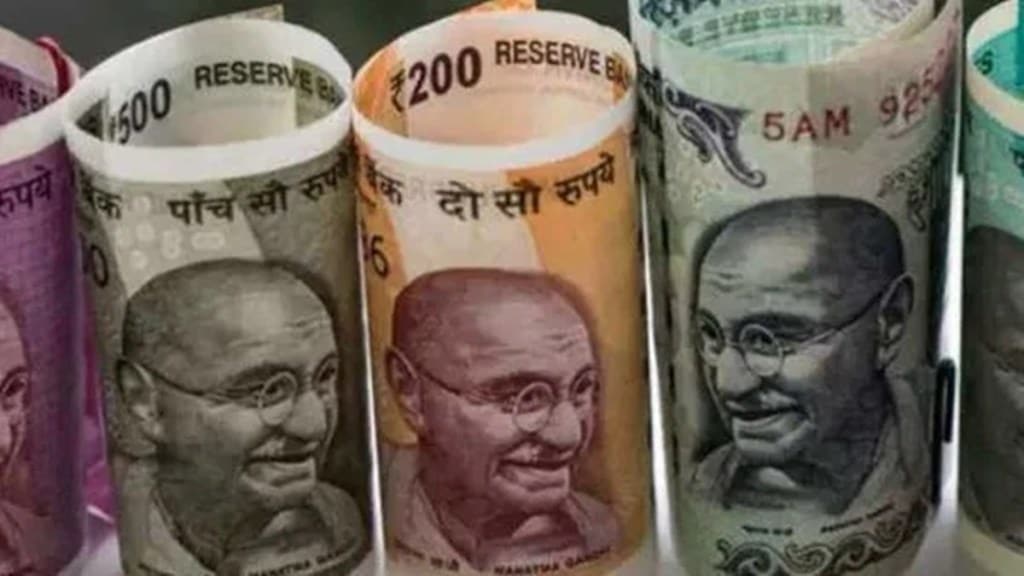By Nandini Vijayaraghavan
The government of India’s (GoI) reporting of sovereign indebtedness is probably the most conservative among Asian nations. According to the Report of the Comptroller and Auditor General of India on Compliance of the Fiscal Responsibility and Budget Management Act, 2003 for the year 2021-22, GoI reports debt net of cash. The Philippines government reports two debt metrics — aggregate debt and debt net of intra-government borrowing, which in 2023 were 60.2% and 55.7% of GDP respectively. The Singapore government announced in June 2023 that its income earning assets exceed sovereign debt, which is over 150% of GDP. S&P reports negative net general government debt-to-GDP ratio for Singapore. GoI’s conservative reporting of indebtedness is one of the factors that constrain India’s sovereign rating at BBB-/Baa3.
GoI’s intra-government debt includes loans extended by the Centre to states and government securities the sovereign’s wholly-owned arms — EEPFO, NABARD, IFCI, EXIM Bank, National Housing Bank, and Sidbi — hold. After deducting intra-government borrowings, GoI’s FY2024 third-party debt-to-GDP is 77.6% vis-à-vis the 86.2% debt-to-GDP.
A key metric S&P uses to assign sovereign ratings is net government debt-to-GDP. S&P says it deducted Philippines government securities held in the bond sinking fund, intra-sector-debt holdings, and the sovereign’s liquid assets to derive the 2022 net government debt-to-GDP of 45.2%. S&P estimates liquid assets, which comprise government deposits at the central and commercial banks and cash and financial assets held at the social security and government service insurance systems, to be 9% of Philippines’ GDP. S&P deducted the Indonesian government’s liquid assets to arrive at the 2023 net government debt-to-GDP of 35.7%, which is 360 basis points lower than the country’s 39.3% debt-to-GDP. The Indonesian government’s liquid assets consist of its deposits at the central and commercial banks.
S&P observes that India’s gross and net government debt are almost identical; GoI’s deposits with the RBI is a negligible Rs 5,043 crore as of March. But the market value of GoI stakes in PSUs and the EPFO’s investments in non-government securities are sizable. If these assets and government deposits with the RBI are deducted from third-party debt, India’s March net government debt-to-GDP moderates to 61.5%. There is a caveat to this estimate, though. The EPFO reports the book value of its non-government securities; the market value may be higher and net government debt-to-GDP lower than 61.5%.
Moody’s assesses Singapore’s government debt-to-GDP to be around 37% in 2023; the credit rating agency excludes special Singapore government securities (SSGS). The government issues SSGS, a non-tradable debt, to the Central Provident Fund (CPF) Board. The CPF Board mobilises citizens’ and permanent residents’ mandatory retirement savings and invests them in multiple securities including SSGS. Moody’s treats SSGS as the government’s claims on itself.
Indian citizens invest in GoI’s small savings scheme, which like Singapore’s SSGS, are government-issued, unlisted, and non-tradeable investment products. Small savings are pooled in the National Small Savings Fund, from which central and state governments borrow. Outstanding small savings grew 91 times from Rs 17,953 crore in March 1985 to Rs 16.37 lakh crore in March 2023. If small savings are excluded, India’s third-party government debt-to-GDP is 71.4%.
Moody’s November 2022 sovereign rating methodology provides for a one-notch uplift if a country’s financial assets-to-GDP ratio ranges from 10-25%. GoI’s stakes in listed PSUs rose from 9.67% of GDP in September 2023 to 11.73% in December and 15.56% this August. Hence a one-notch uplift in India’s sovereign rating to Baa2 on the Moody’s scale — equal to Fitch’s and S&P’s BBB — is warranted.
GoI should accurately estimate net government debt-to-GDP by including the market value of EPFO’s non-government investments to secure an optimal sovereign rating and lower the costs of borrowing foreign currency-denominated debt for itself and PSUs.
The author is CFA charter holder and analyst.
Disclaimer: Views expressed are personal and do not reflect the official position or policy of FinancialExpress.com. Reproducing this content without permission is prohibited.

